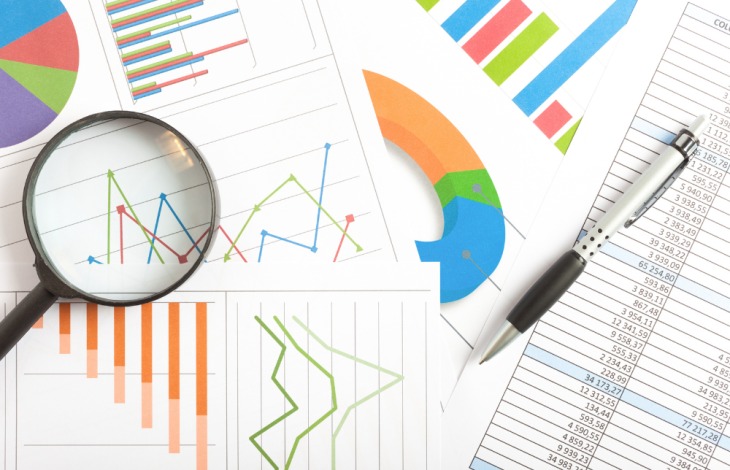Google Analytics 4 (GA4) is the latest version of Google’s web analytics platform, and it represents a major shift in how we measure and analyze website data. GA4 provides businesses and marketers with a more comprehensive understanding of user behavior across multiple platforms, including websites, mobile apps, and even offline interactions. In this blog post, we’ll take a closer look at some of the key features and benefits of GA4.
User-Centric Measurement
One of the biggest changes in GA4 is the shift towards user-centric measurement. In the past, GA primarily tracked pageviews and sessions, which provided a limited view of how users interacted with a website. With GA4, however, tracking is based on the user’s unique ID, allowing for a more accurate view of how individuals engage with a website over time.
This user-centric measurement allows businesses to gain a better understanding of customer behavior and tailor their marketing efforts accordingly. For example, if a user visits a website multiple times over a period of several weeks, GA4 can track their behavior across each session, providing insight into which pages they visited, how long they spent on each page, and what actions they took. This level of detail can help businesses identify areas where they can improve user engagement and conversion rates.
Enhanced Event Tracking
Another major improvement in GA4 is the enhanced event tracking capabilities. In the past, event tracking was limited to specific actions, such as clicks on a particular button or links. With GA4, event tracking is more flexible, allowing businesses to track a wider range of user interactions, such as video plays, scrolling behavior, and more.
This enhanced event tracking can provide businesses with valuable insights into how users are engaging with their website or app. For example, businesses can use event tracking to see how many users are watching a video, how long they’re watching it, and whether they’re taking any additional actions after watching the video. This level of detail can help businesses identify areas where they can improve user engagement and conversion rates.
Cross-Platform Tracking
With GA4, businesses can track user behavior across multiple platforms, including websites, mobile apps, and even offline interactions. This cross-platform tracking allows businesses to gain a more comprehensive view of how users engage with their brand, regardless of where they are.
For example, if a user visits a website on their desktop computer and later downloads a mobile app, GA4 can track their behavior across both platforms, providing valuable insights into how they’re engaging with the brand. Additionally, if a user interacts with the brand offline, such as by visiting a physical store or calling customer support, GA4 can track these interactions as well, providing even more valuable insights into user behavior.
Machine Learning and AI
Another key feature of GA4 is its use of machine learning and AI. With GA4, businesses can use machine learning to gain insights into user behavior and to make data-driven decisions about their marketing efforts.
For example, GA4’s predictive metrics can help businesses forecast future revenue, conversion rates, and other key metrics based on historical data. Additionally, GA4’s automated insights can help businesses identify trends and patterns in user behavior, providing valuable insights into where they can improve their marketing efforts.
Privacy and Data Protection
In recent years, there has been increasing concern about privacy and data protection, particularly in the wake of major data breaches and scandals involving tech companies. With GA4, Google has taken steps to address these concerns and to provide businesses with greater control over their data.
For example, GA4 offers more granular controls over data collection, allowing businesses to specify which data they collect and how it’s used. Additionally, GA4’s enhanced data controls provide businesses with greater visibility into how their data is being used, making it easier to comply with privacy regulations such as GDPR and CCPA.


Leave a Reply